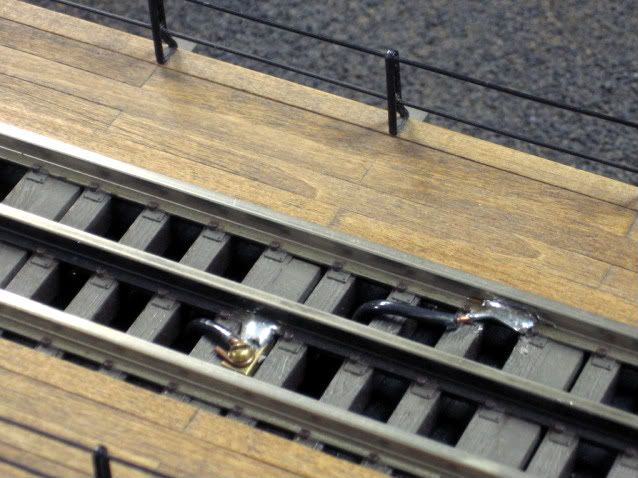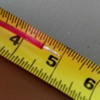In the soldering of the tracks feeders to the rails I have experienced an issue with the clearance of the wheel flange of steam locomotive striking the soldered feeder wire joint while at the same location their is no clearance issue with the wheel flange of a diesel locomotive. Although the difference is minimal in flange height, the deeper flange height of the steam locomotive required the desoldering, lowering of the track feeder and soldering of one of the outside neutral track feed wires.
Their is no issue with the center(hot) rail as long as the feed wire is soldered to the rail web at rail mid-height, if possible solder the neutral track feeders to the rail web outside of the track gauge, no wheel flange interference will occur, prior to the mounting the track to the board. I solder track feeders once the track is mounted, based on the track orientation, one outside(neutral) rail will have the track feeder soldered outside of the track gauge, the other outside(neutrall) rail has the track feeder soldered to the track web within the track gauge and the center(hot) rail is soldered in the same outward direction. Note, all three soldered joints are on the track webs facing you. The flange height that must be cleared is determined by subtracting the wheel rim diameter from the wheel flange diameter and divide by 2, using this flange height to locate the solder position of the track feeder plus some clearance.













